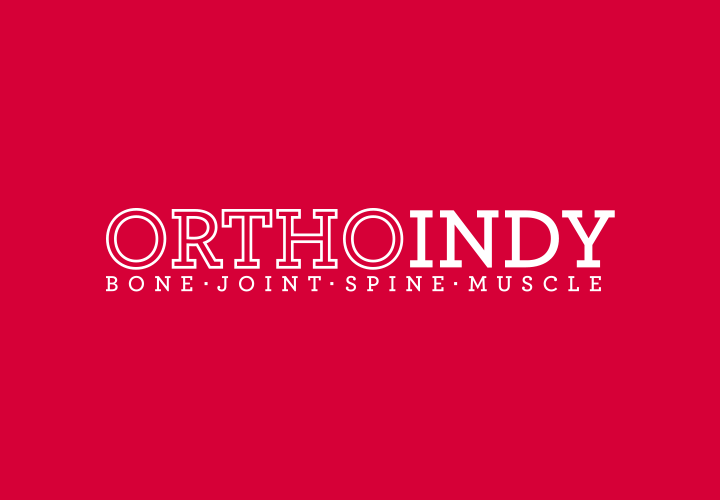According to Harvard Health, around 40% of people will experience sciatica pain symptoms in their lifetime, and the chance of experiencing sciatic nerve pain increases as you age.
If you experience sudden pain in your lower back that also radiates to the back of your thigh and into your leg, you may have sciatica. The condition occurs when you have a protruding (herniated) disc in your spinal column that is pressing on the nerve roots in the lumbar spine.
Read on to learn more about the causes and most effective treatments to relieve sciatica pain symptoms.
What is sciatica nerve pain?
Sciatica pain symptoms start in the spine. The spine is made up of 24 bones, called vertebrae, which are stacked on top of one another.
These bones connect to protect the spinal cord. The seven small vertebrae that begin at the base of the skull and form the neck comprise the cervical spine.
Your spinal cord and nerves travel through the spinal canal carrying messages between your brain and muscles. The intervertebral discs between your vertebrae are flexible, flat, and round discs and are about a half-inch thick.
They act as shock absorbers when you walk or run and allow motion between the vertebrae.
What causes sciatica pain?
Sciatica pain is most commonly caused by a herniated disc, which can result from simple wear and tear due to aging.
Sciatica pain symptoms are most common between 30 and 50 years old. Sciatica during pregnancy is also very common since pregnant women have so much pressure on their lower back.
When a disc herniates, the gel-like center of the disc protrudes into or through the disc’s outer lining. This herniated disc will sometimes press directly on the nerve roots that become the sciatic nerve, causing sciatica pain symptoms.
Sciatica pain symptoms
In most cases, sciatica pain symptoms will not last longer than six weeks. Some common symptoms include:
- Pain that feels similar to a bad leg cramp
- Pain that is sharp
- Pain that heightens when you move, sneeze or cough
- Weakness, numbness or a tingling sensation down your leg
Sciatica diagnosis
To determine if what you’re feeling are sciatica pain symptoms, your spine physician will ask you for a complete medical history, ask you to describe your pain and conduct a physical examination.
An X-ray or MRI is usually necessary to confirm the diagnosis.
Make an appointment with an Orthoindy spine specialist
What is the most effective treatment for sciatica pain relief?
In most cases, the most effective treatment to relieve back pain from sciatica is time and rest. If sciatica pain symptoms persist, nonsurgical treatment options are explored first. They include:
- Non-steroidal anti-inflammatory drugs (e.g., ibuprofen, aspirin or muscle relaxants)
- Heat or cold on your aching muscles
- Physical therapy, exercises and stretches for sciatica
- Cortisone injections
Surgical treatment
If a patient does not feel relief after a long period and nonsurgical treatments do not relieve sciatica pain symptoms, back surgery for sciatica may be necessary.
During surgery for sciatica, which is called a laminotomy with discectomy, a spine surgeon may remove the herniated disc to stop it from pressing on your nerve.
The surgery is performed under local, spinal or general anesthesia, and it is often very successful at relieving sciatica pain symptoms.
How to help sciatica pain
Motion, exercise, and stretching are good ways to strengthen your back and provide you with relief from sciatica pain symptoms. Most times, patients can resume normal lifestyle activities reasonably quickly.
You can perform stretches to help release tension caused by sciatica pain. These exercises can help stretch the tiny piriformis muscles, which sometimes become inflamed and press against your sciatic nerve.
- Lay flat on the ground with your legs extended
- Bring your right leg up to your chest
- Lift your left leg to a 90-degree angle
- Place your right ankle on top of the left knee as the right knee falls to the side
- Repeat other side
- Sit on the floor with legs extended and straight
- Bend your right leg, put your right ankle on top of the left knee
- Lean forward and allow your upper body to reach towards your thigh
- Repeat other side
Knee to the opposite shoulder
- Lie on your back with your legs extended
- Bend your right leg and clasp your hands around the knee
- Gently pull your leg across the body towards your left shoulder
- Repeat other side
Learn more about treatment options for neck and back pain OrthoIndy.
Schedule an appointment
Your well-being is important to us. If you’re suffering from sciatica pain symptoms, schedule online or call us to set up an appointment with one of our orthopedic specialists.
Learn more about the conditions that could be causing your sciatica pain symptoms, like degenerative disc disease and sciatica, and find out if treatments like spine surgery for sciatica are right for you.
If your injury or condition is recent, you can walk right into one of our OrthoIndy Urgent Care locations for immediate care. No referral is needed to see one of our physical therapists for rehabilitation and physical therapy.





